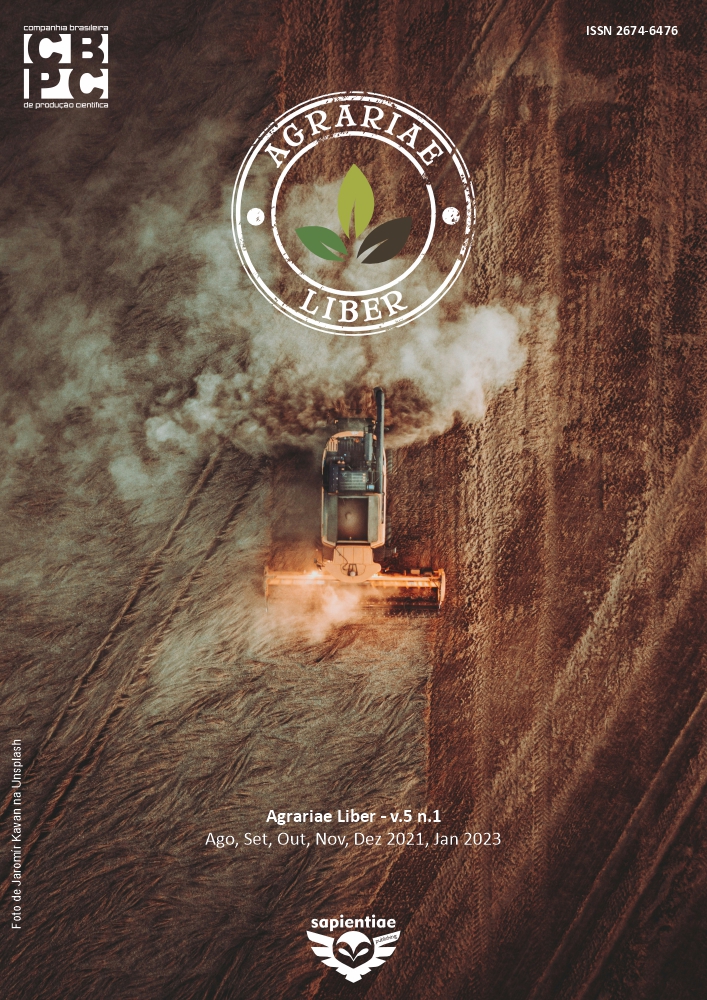Rural diagnosis participative in the community of Lavras, Santarém/PA, Amazônia
DOI:
https://doi.org/10.6008/CBPC2237-9290.2020.002.0006Keywords:
Extractivism, Forest, Traditional PopulationAbstract
The activities carried out by extractive communities, even though they do not have high technological levels, are a viable alternative of source of income for these populations that need forest resources to survive. Therefore, the objective of the present study was to identify the main origins, extractive activities used as sources of income and extractive products sold by the Lavras community, in Santarém-Pará. In the community, 82% of families come from the State of Pará and 12% from the State of Ceará, the main source of income for families in the Lavras community comes from retirement, pension and government grants such as Bolsa Família (35%), The most cultivated product by families residing in the Lavras community is the cultivation of orange (20% of the producing families), cassava (18%) and papaya (14%). In addition to cultivated foods, the community sells products from extraction, the main ones being andiroba oil (23%), piquiá (22%) and Brazil nuts (22%). Based on the information collected, it is possible for the community to establish its potentials and weaknesses, thus contributing to improve decision-making aiming at the organization of productive activities and the social well-being of families.
Downloads
Downloads
Published
Issue
Section
License
The CBPC - Companhia Brasileira de Produção Científica (Brazil CNPJ: 11.221.422/0001-03) the material rights of the published works. The rights relate to the publication of the work anywhere in the world, including rights to renewals, expansions and dissemination of the contribution, as well as other subsidiary rights. All electronically published works may subsequently be published in printed collections under the coordination of this company and / or its partners. The authors preserve the copyright, but are not allowed to publish the contribution in another medium, printed or digital, in Portuguese or in translation.








